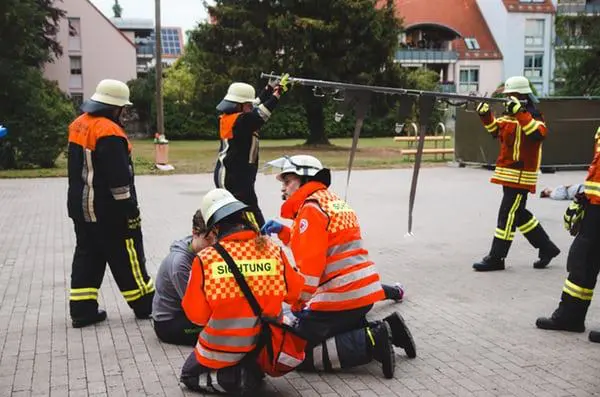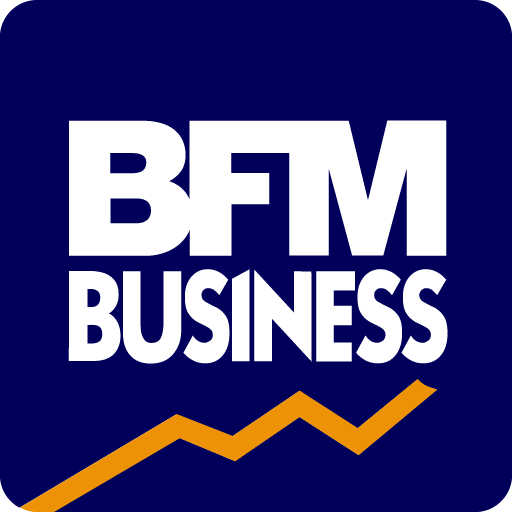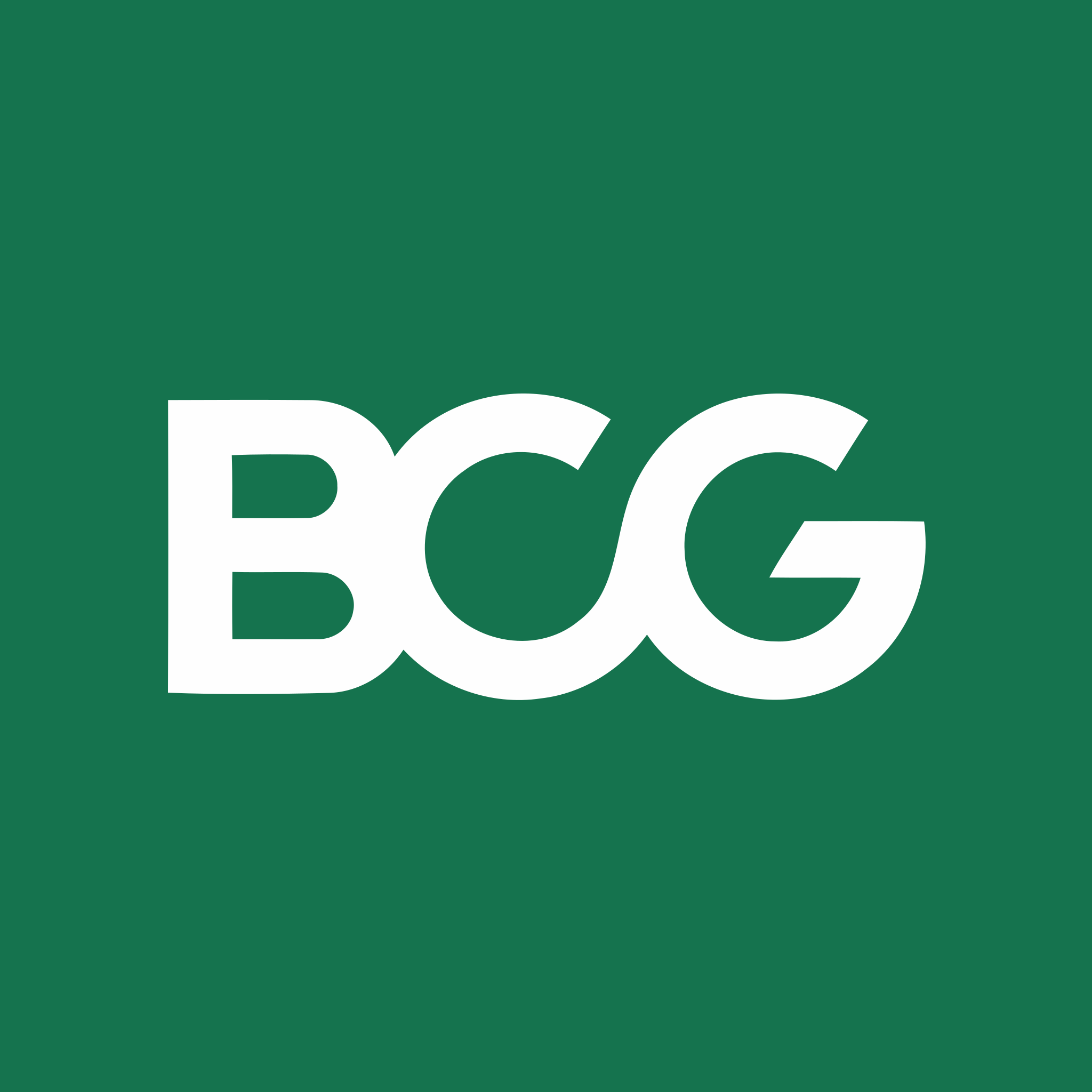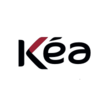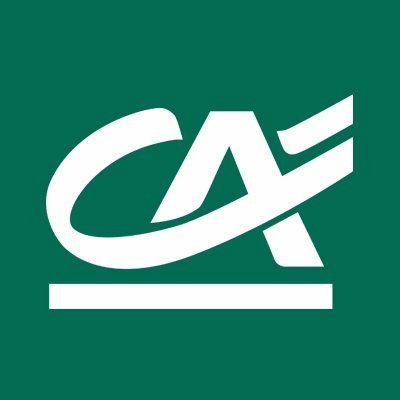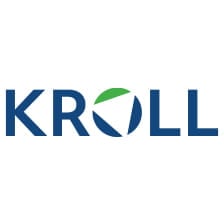Summary of our market study
The global workwear market, valued at $29.1 billion in 2020, is expected to expand at a CAGR of 4.3% up to 2027, as reported by StrategyR. Apparel, accounting for 75% of the market's total value in 2020, is complemented by a faster-growing footwear segment with a 5.5% CAGR. The United States held a 30% share of the global market in 2020, with Japan and China predicted to experience CAGRs of 4.2% and 4.1%, respectively. Meanwhile, the UK workwear market evidences more modest growth, with workwear imports growing at a CAGR of 3.6%. The UK market, influenced by occupational safety regulations, exhibits a strong local market with fragmented players, including demand determinants such as a growing labor force, private sector activity in industries like construction and healthcare, and evolving safety standards. Notably, men's workwear dominates the UK market, comprising 81% of workwear imports, and despite a decline in market share, women's workwear saw a significant rise in average import price.
Dynamics and Trends in the UK Workwear Market In recent years
The UK workwear market has shown a complex landscape of growing demand, influenced by multiple factors. The UK, as one of the largest workwear consumers in Europe, highlights a demand driven by a substantial labor force. The active population has seen a significant upswing, standing between 25 and 35 million in recent years, with the employment rate of women reaching record highs, indicating an expansive market base for workwear providers. The private sectors, particularly the industrial and hospitality industries, play a pivotal role in workwear demand, with construction and manufacturing alone accounting for about 20% of the UK workwear market. However, the public sector's influence cannot be overlooked, as fluctuations in the workforce numbers, such as the declining number of police officers and firefighters, also impact demand. Regulatory standards have been and continue to be a prime determinant of workwear demand. With safety at the workplace becoming a paramount concern, the regulations that dictate the required personal protective equipment are inevitably widening the customer base and product offerings.
Despite these influences on demand, the market primarily caters to male workers, with men's workwear imports constituting around 80% of the total, compared to roughly 20% for women. Interestingly, this trend has been rising notably, simultaneously witnessing the average import price for women's workwear climbing upwards due to increased specialization and quality. Economic cycles play a fundamental role in shaping demand, with national economic growth correlating to rising employment levels, thereby increasing the need for workwear. Regional economies similarly affect local demand, with factors such as coastal tourism and urbanization projects driving the need for specialized work clothing. The British production of workwear is a mix of homegrown and globally sourced materials, with cotton, polyester, and other fibers crafted into garments through a meticulous production chain.
Although the UK's total manufacturer sales of workwear items reached figures between 100 and 150 million GBP, it's a market that's still catching up to its past stature from the late 2000s. Examining the market trends, innovation and comfort stand out, with a push towards lighter, yet protective garments driving advancements in textile technology and design, as producers strive to combine ease of wear with safety. Multi-functional clothing and recycled materials similarly reflect the market's response to the need for versatile, environmentally-responsible products. In conclusion, the UK's workwear market reflects a nuanced balance of growth and traditionalism, with a strong leaning towards male.
Key Market Leaders and Innovators in the UK Workwear Industry The UK workwear market is a dynamic landscape featuring a blend of well-established national giants, international behemoths, and cutting-edge innovators that are driving growth and setting trends in the industry.
National Players Making Their Mark
- At the forefront of the UK's national workwear scene is Johnson Apparelmaster, a heavyweight in workwear solutions known for providing a comprehensive range of garments tailored to meet industry-specific needs.
- JSP Safety Products stands out notably, as a trusted manufacturer of safety equipment,
- WearWell Limited has carved out a reputation for high-quality, durable workwear. NDC Workwear further amplifies the local market with its specialized manufacturing prowess.
Global Giants Leading the Charge
- The international segment is dominated by Aramark, a U.S. giant offering extensive services that go beyond workwear to encompass food, facilities, and uniforms.
- VF Corporation, another titan from the States, boasts a wide portfolio of brands and is recognized for its innovation in designing apparel including workwear.
- MSA Safety, known primarily for its safety products, is an active global player in providing protective industrial gear.
- Fristads Kansas Group from Norway merges traditional workwear with contemporary designs for a wide range of industries.
- Irish-based company Portwest emerges as a key player with its range of protective clothing and workwear serving various markets.
- France's Mapa is not left behind, known for its robust protective gloves and clothing. Honeywell, a household name in various sectors, also contributes significantly with its safety and productivity solutions, including workwear.
- Specialists Streamlining Distribution
- The UK is also home to distribution specialists such as Rentokil Initial, which specializes in the direct sale of workwear and associated services like rental and maintenance.
- Main Man Supplies is another significant name in distribution, tailoring its services to provide companies with a wide array of workwear options.
Innovation at the Forefront
- When it comes to innovation, StyffiffTech and Wearable Link are the emerging names worthy of note. These companies are at the cutting edge, integrating smart technologies into workwear, which is a telling sign of the industry's direction towards embracing digitalization and tech-augmented apparel.
Manufacturing Spread Across the Nation
- The geographic distribution of workwear production in the UK is concentrated primarily in England, but the entire United Kingdom contributes through various regional hubs. With significant turnovers reported across Southern regions and the North-West, these areas are pivotal to the industry's economic output and employment.
to understand this market
Detailed content of our market study
 Inforamtion
Inforamtion
- Number of pages : 35 pages
- Format : Digital and PDF versions
- Last update :
 Summary and extracts
Summary and extracts
1 Market summary
1.1 Market definition and global market
Workwear is defined as clothing intended to be worn in the course of a professional activity, often to protect the worker from one or more risks that threaten his safety.
There are 4 main categories of workwear:
- Technical clothing;
- Image clothing;
- Uniforms;
- Personal protective equipment (PPE).
Nevertheless, the distinction between these categories is gradually fading as many PPE or technical garments are becoming more and more personalised.
The workwear market is deeply linked to the dynamism of the industrial sector, construction, certain market services (hotel/restaurant, transport), healthcare and public services. Their main functions include worker protection, brand or service communication, or employee identification. Moreover, in the UK, the market is influenced by the evolution of the regulations on workers' safety, both on the demand and the supply side.
The global workwear market is projected to follow a strong growth of 4.3% per year up until 2027, mainly led by some of the leading global economies. On the other hand, while the British market is also growing, its growth rate is much smaller (CAGR of 3.6% in imports between 2013 and 2018) than that of other European countries such as Netherlands (CAGR of 14.6%), Italy (10.5%) or Germany (7.9%).
1.2 The growing global workwear market
The global workwear market was valued at **.* billion USD in **** (***) of *.*% up until **** [***].
Size of the global workwear market World, ****-*****, in billions of USD Source: ****
The workwear market is broken down into two elements:
Apparel (***) Footwear
Apparel is the biggest element of this market, accounting for just over **% of the total value of the market in ****. However, it is important to note how the footwear segment is growing at a higher CAGR (***) [***].
Breakdown of workwear market by segment World, ****, in % Source: ****
Geographically speaking, the world's two largest economies are also the biggest markets for the workwear sector. In ****, the size of the US workwear market was estimated at $*.* billion - or **% of the global market.
In regards to some of the most important markets in this sector, Japan and China are expected to experience the highest growth rates, with CAGRs of *.*% and *.*% respectively [***].
Expected CAGRs for the workwear market, by country World, ****-****, in %
European workwear market
The European Union imports much more workwear than it exports. In fact, in ****, imports amounted to €*.* billion, while exports were €*.* billion. Important to note, however, is that both imports and exports have grown at similar rates since **** [***].
Imports and exports of workwear EU, ...
1.3 The slowly growing British market
Within a European context, the British workwear market is growing at a much slower rate than that of other countries in the region. If we take the value of imports of workwear into the UK between **** and ****, we see that UK imports only grew by *.*% per year, far behind the growth of the Netherlands for example (***) [***].
Average yearly growth of workwear imports UK, ****-****, in % Source: ****
Total turnover of businesses in the manufacture of workwear UK, ****-****, in millions of GBP Source: ****
2 Demand analysis
2.1 Demand and its determinants
In terms of consumption, the United Kingdom is one of the largest consumers of workwear in Europe with nearly **% of European consumption in ****, according to the European Clothing Action Plan (***). In addition, unlike Germany, Spain or Italy, the United Kingdom produces on average more workwear than it imports, reflecting a fragmented but dynamic local market between international giants and small local players.
There are several determinants of this demand for work clothing:
The large labour force base. The active population stood at **.* million in ****, up nearly by **% from ** years earlier [***]. The employment rate of working women in the United Kingdom reached a record high of **% in ****, with **.* million women over ** years of age in the labour force, an increase of *.** million in ** years.
British working population UK, ****-****, in millions of people employed and in % Source: ****
The level of activity and opportunities in the private sectors particularly in the industrial sector, one of the main markets for workwear, or in the hotel and restaurant industry. The only sectors of the construction and manufacturing industry represent **% of the workwear market in the United Kingdom according to Frost and employment grew significantly by *.*% in the latter sector according to NSOS. Likewise, an aging ...
2.2 A market dominated by men
In the UK, the vast majority of workwear items produced/sold have men as the end users. Taking the **** value of imports, we see that of the total €*** million of workwear items imported into Britain, **% were men's workwear, while only **% was for women [***].
What is interesting to note is how the share of workwear for men has been growing at a strong rate. In fact, in ****, the share of men's workwear in regards to the imports was * percentage points lower than in **** (***) [***].
Evolution of the breakdown of workwear imports by end user gender UK, ****, in % Source: ****
While the share of women's workwear imports into the UK has been falling, the price of this has been rising. With an average import unit price of €**.** in ****, the average import price of women's workwear grew by €**.** since ****. As a comparison point, the average import price for men's workwear grew by 'only' €*.** within the same time period [***].
Evolution of average unit import price of workwear by end user gender UK, ****-****, in % Source: ****
2.3 The factors that determine the demand
The level of demand for work clothing in the UK is evolving according to cyclical and structural determinants.
Cyclical factors
On the one hand, national economic growth is a major determinant of demand, as it can stimulate or, on the contrary, slow down the growth in the level of employment and the number of employed persons. An increase in the number of employees, particularly in the industrial and construction sectors, directly leads to an increase in the demand for workwear. On the other hand, more regional factors can have a positive influence on demand, such as tourism on the coasts or urban development projects in a metropolis. In both cases, an increase in local demand for work clothing can be observed.
Structural factors
The demand for work-wear addressed to British manufacturers depends on structural factors that can stimulate the purchase or renewal of these products. Thus, changes in national standards and regulations play an important role: there is a tightening and multiplication of standards in terms of employee protection, particularly for those working in high-risk occupations. Compulsory renewal of work clothing is codified by standards, which is a significant demand factor.
3 Market structure
3.1 Production of workwear
Work clothes are mainly made of cotton and polyester in particular to ensure comfort and flexibility for the workers who wear them. Natural and synthetic fibres are also used.
The production of workwear follows a precise chain according to ECAP
These raw materials are first processed, in particular by spinning and then transformed into fabrics. Subsequently, producers eventually give them a visual, colour, shape and design according to the specific needs of the consumer, which includes the following steps: bleaching, printing, dyeing, impregnation, coating and plasticizing.
According to ECAP, in ****, the United Kingdom produced *.*% of EU production, more than Germany, for example, with *.*%. The United Kingdom, Germany, France, Italy and Spain together produced **% of EU production, demonstrating the lead of Southern European countries (***) in production compared to the United Kingdom.
In ****, total UK manufacturer sales of workwear items amounted to £*** million pounds, a value that has been steadily growing since ****, but is still very far from its late ****'s level [***].
Total manufacturer sales of workwear items UK, ****-****, in millions of GBP Source: ****
Breaking down the distribution of the sales by different categories, we see that men's garments of cotton or man-made fibres are the most represented, representing over **% of the ...
3.2 Workwear value chain
The value chain of the workwear market can be seen in the graphs diagrams below.
Source: ****
From the latter diagram, below are some examples that fall under each category [***].
Uniforms: Armed forces, Law enforcement, Postal services
Blue workwear: Heavy industry, Manufacturing
White workwear: Healthcare, Hospitality
Career wear: Airlines, Security offices, Banks
Casual wear: Logistics, Tourism, Wholesale and retail trade
3.3 Distribution chain
Producers of workwear mainly distribute their products to companies or public authorities wishing to equip their employees with the clothing and accessories necessary for the proper functioning of their activity.
We note two main distribution channel models:
- direct sales distribution, representing **% of the distribution in Western European countries such as the United Kingdom according [***].
- **% of the distribution by rental of work clothing to companies. This is provided both by traditional manufacturers and also by companies specialising in rental, such as Elis Workwear. This type of service is often used by large groups rather than small businesses, as it provides access to more personalized services at an additional cost.
For direct sales, theres are several options:
Direct distribution from the manufacturer to the end customer; Distribution by a distribution specialist such as Rentolik Initial
These two types of distribution can be done either by online ordering or directly in store in the distribution networks. Specialised protective clothing is generally sold physically, while workwear for less technical services is mainly purchased online.
In the UK, the main workwear brands are Dickies Workwear, Portwest and Click Workwear [***].
3.4 Geographic distribution of workwear production
In ****, there were *** companies operating under the code SIC **** "manufacture of workwear" in the UK, which employed nearly *,*** people. The British companies operating under this code generated a turnover of *** million GBP in **** [***].
Most of the activity in this sector occurs in England, which is where nearly **% of the companies are located. The remaining **% of the companies are somewhat evenly distributed between Scotland, Wales and Northern Ireland.
Geographic distribution of companies operating in the manufacture of workwear
The map below shows the distribution of the turnover of the companies manufacturing workwear by region. We can see that the Southern regions and the North-West region are the ones that contribute the most to the sector's turnover [***].
Source: ****
Geographical distribution of the turnover of workwear manufacture
UK, ****, in millions of GBP
4 Analysis of the offer
4.1 The different types of work clothing
Frost offers a segmentation into * main types of workwear:
General work clothing, which is divided into two categories; "Blue" work clothes; used in heavy industry or manufacturing "White" work clothes used in hospitals or restaurants. Service company work clothing: for airlines, banks, security agents, tourism or logistics. Uniforms: used mainly by public authorities such as police forces, judges or even postal workers.
Among the three, the "General workwear" represent the majority of incomes in countries such as the United Kingdom, France or Germany, with **% of sales in ****.
4.2 Product typology and prices
Prices for workwear items vary depending on the type of item. In general, footwear and jackets tend to be more expensive, however, more specific items can also be quite costly. Below are the prices for a sample of workwear items in the UK.
Source: ****
4.3 Market trends
Like the apparel market as a whole, the workwear follows trends and guidelines regarding product sustainability, developed and available technologies and social responsibility. In the workwear market in particular, other aspects are of particular importance
Innovation and comfort
There is a trend towards lighter protective clothing because the more comfortable the protective clothing is, the more likely workers are to wear it. The challenge for manufacturers is to reconcile lightness and comfort with the protection these products provide. To increase comfort, manufacturers play on fabric characteristics such as softness, breathability, softness and flexibility
New technologies and fibres
The need for lighter work clothing is driving innovations in the textiles used and in clothing design, with manufacturers working on smarter textiles for protective clothing. There are significant advances in fabric technology for water protection and chemical resistance. For example, the use of *D printing is making its way into the manufacture of workwear and may soon change the way components of protective clothing are constructed.
Designing multifunctional clothing
Improvements in fibres and technologies allow companies to produce protective clothing for multiple risk environments, meaning that workers can wear one garment and be protected from simultaneous risks. For example, inherent and treated fabrics ...
5 Rules and regulations
5.1 Regulations
The Harmonized System (***) for the classification of goods is a six-digit code system [***].
The HS includes approximately *,*** item/product descriptions that appear as headings and subheadings, divided into ** chapters, grouped into ** sections. The six digits can be divided into three parts. The first two digits (***).
The Harmonized System was introduced in **** and has been adopted by most countries in the world. It has undergone several changes in product classification. These changes are called revisions and came into effect in ****, ****, ****, **** and ****. Detailed changes to each HS nomenclature are available on the links below.
UK regulations
The regulations that govern the workwear market in the UK are stated by the Health and Safety executive, under the heading of Personal Protective Equipment (***). These regulations can be seen on the following page.
6 Positioning of the actors
6.1 Segmentation of actors
- Johnson Apparelmaster
- JSP Safety Products
- WearWell Limited
- NDC Workwear
- Portwest
- MSA Safety
- VF Corporation
- Mapa (Jarden Group)
- Fristads Kansas Group
- Main Man Supplies
- StyfiffTech
- Wearable Link
- Aramark UK
- Rentokil Initial
All our studies are available online in PDF format
Take a look at an example of our research on another market!
 Choosing this study means :
Choosing this study means :
Access to more than 35 hours of work
Our studies are the result of over 35 hours of research and analysis. Using our studies allows you to devote more time and added value to your projects.
Benefit from 6 years' experience and over 1,500 industry reports already produced
Our expertise enables us to produce comprehensive studies in all sectors, including niche and emerging markets.
Our know-how and methodology enable us to produce reports that offer unique value for money.
Access to several thousand articles and paid-for data
Businesscoot has access to all the paid economic press as well as exclusive databases to carry out its market research (over 30,000 articles and private sources).
To enhance our research, our analysts also use web indicators (semrush, trends, etc.) to identify market trends and company strategies. (Consult our paying sources)
Guaranteed support after your purchase
A team dedicated to after-sales service, to guarantee you a high level of satisfaction. +44 238 097 0676
A digital format designed for our users
Not only do you have access to a PDF, but also to a digital version designed for our customers. This version gives you access to sources, data in Excel format and graphics. The content of the study can therefore be easily retrieved and adapted for your specific needs.
 Our offers :
Our offers :
the workwear market | United Kingdom
- What are the figures on the size and growth of the market?
- What is driving the growth of the market and its evolution?
- What is the positioning of companies in the value chain?
- Data from several dozen databases
5 reports pack (-15%) UK United Kingdom
- 5 reports at €75.6 excluding VAT per study to choose from our UK catalogue for 12 months
- Save 15% on additional studies purchased
- Choose to be refunded any unused credit at the end of the 12-month period (duration of the pack)
See the terms and conditions of the pack and the refund of unused credit.
